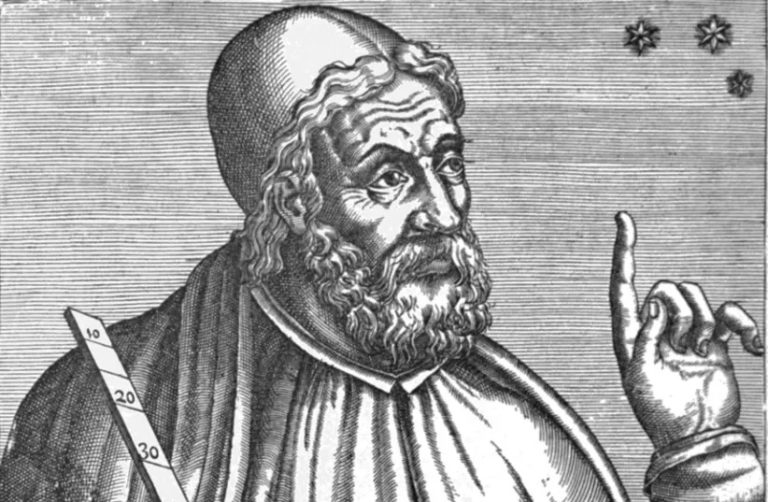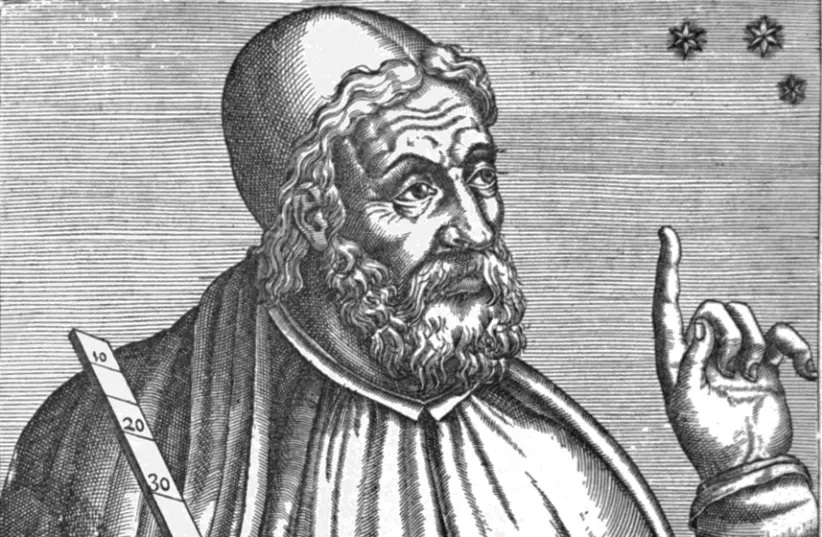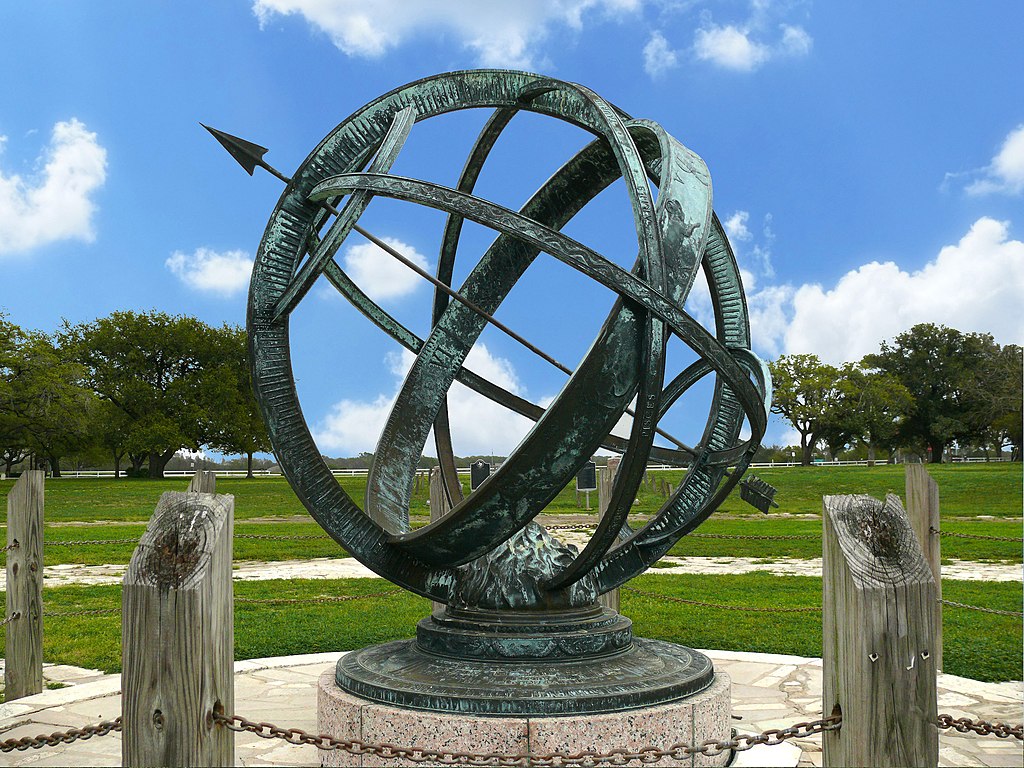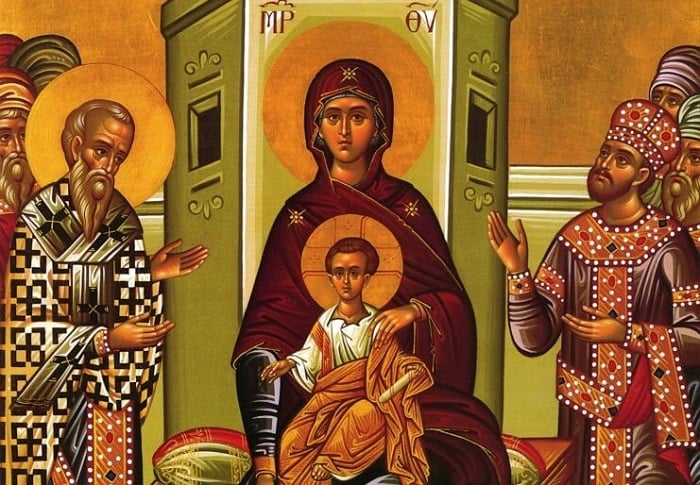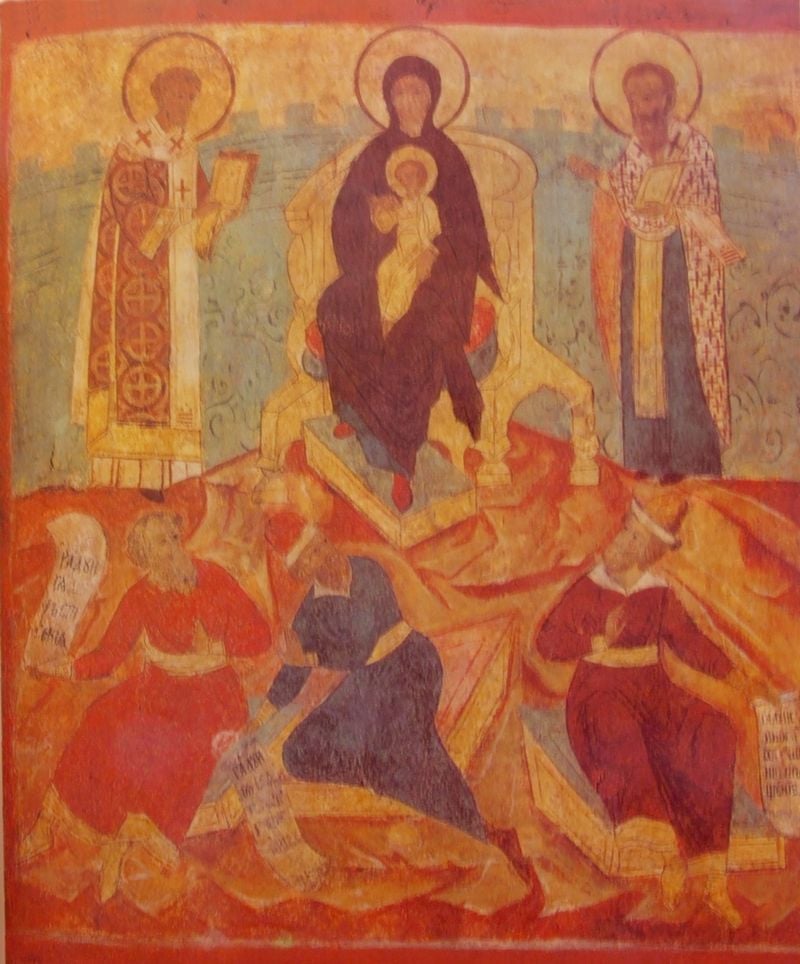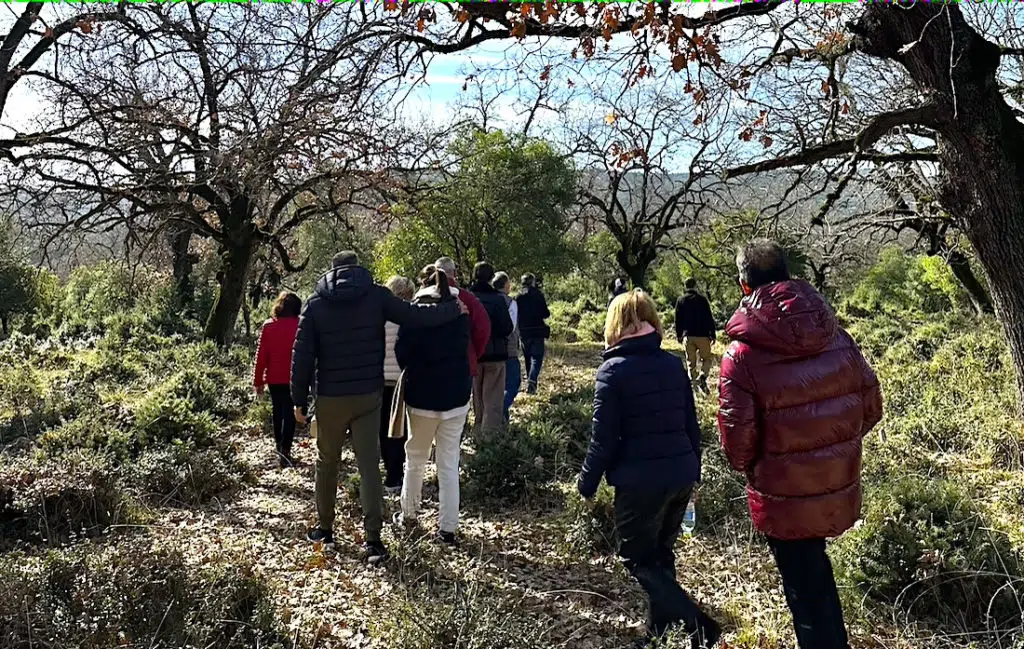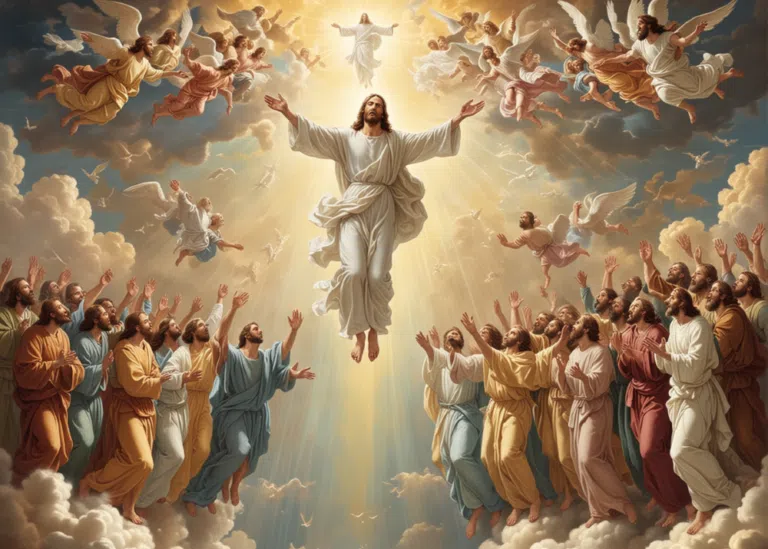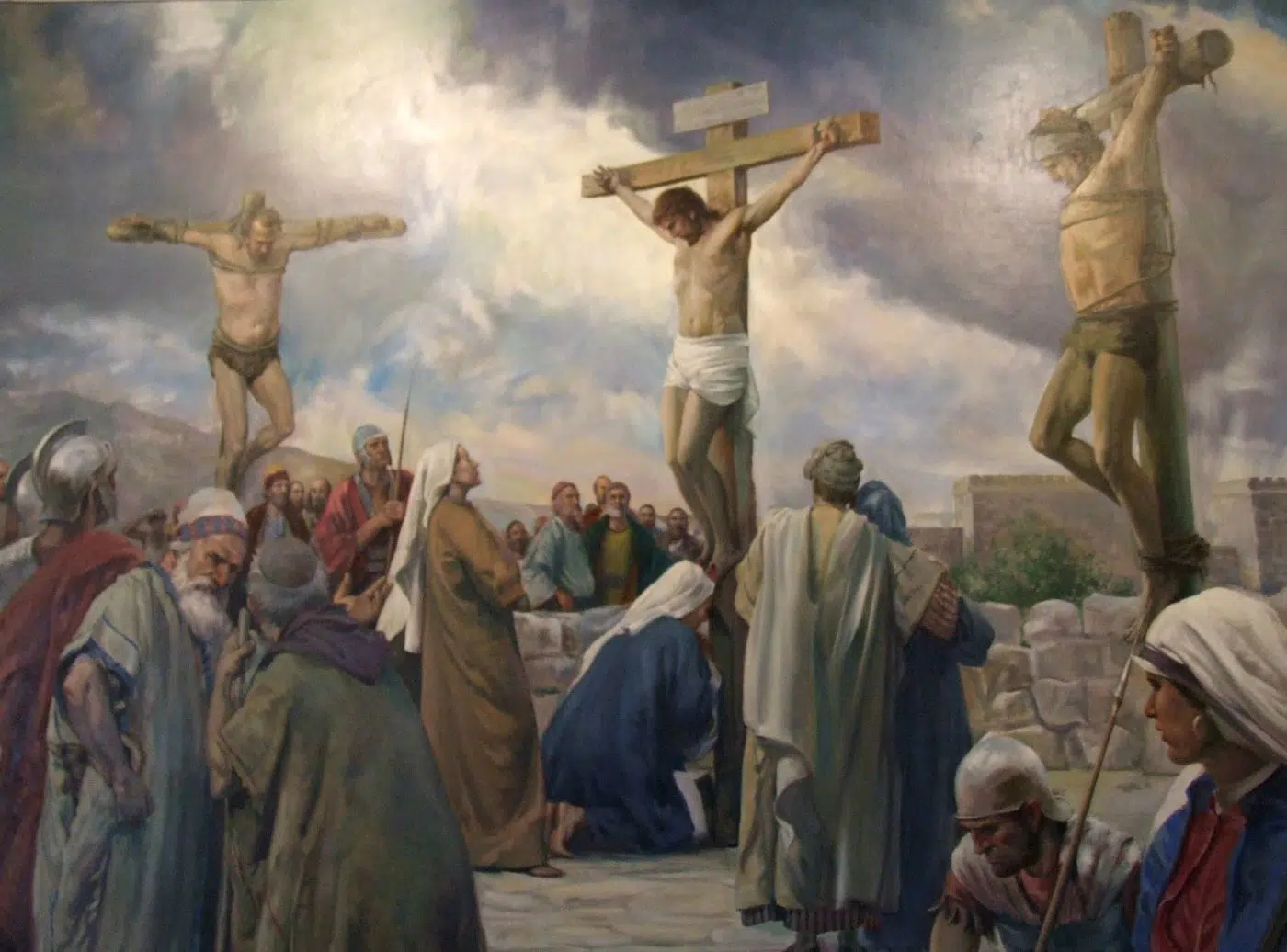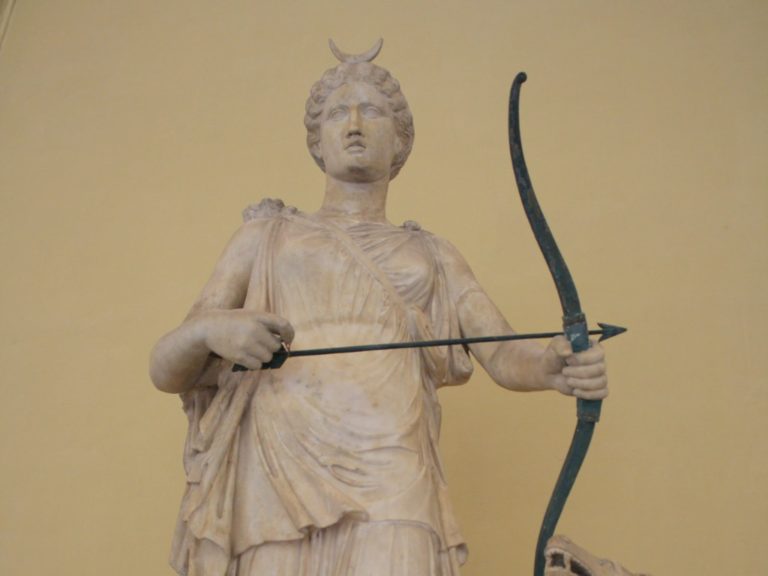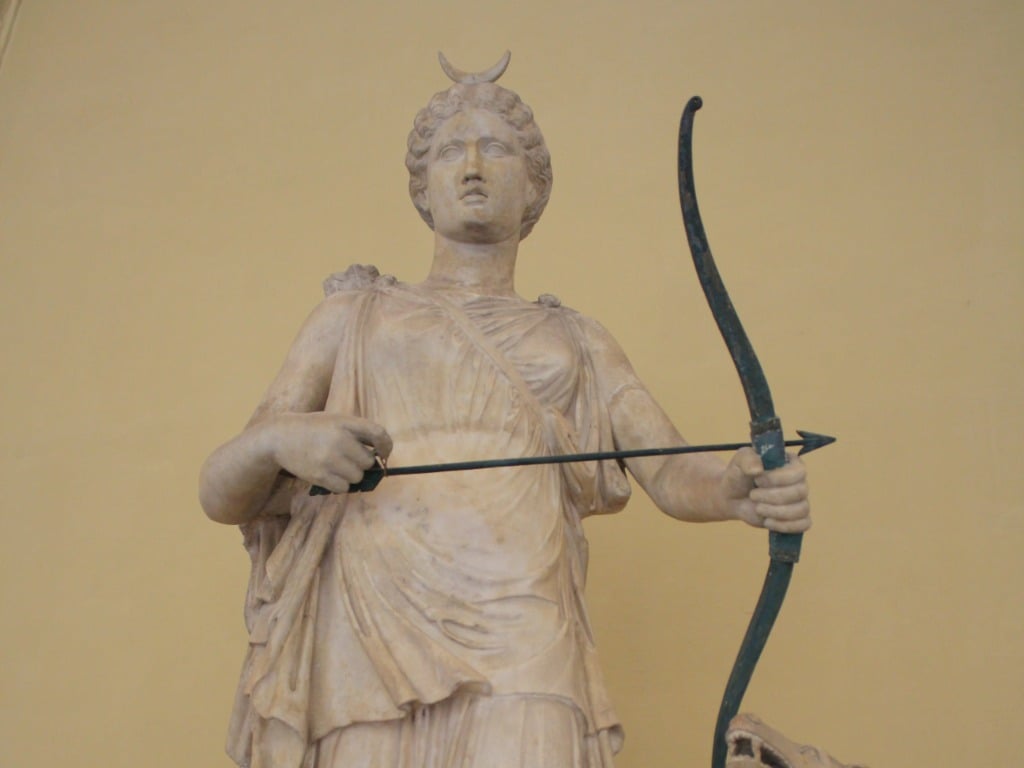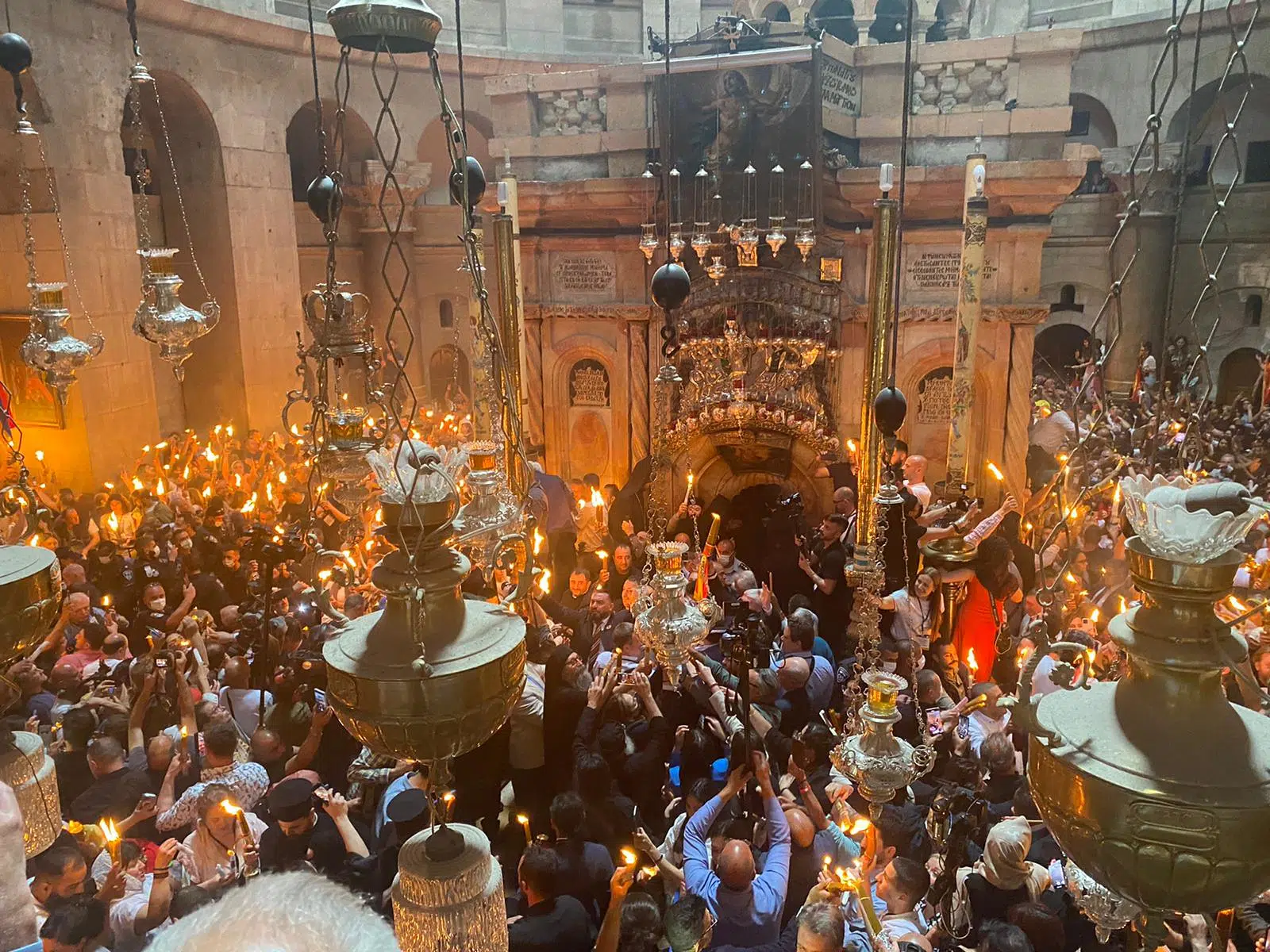
Turkey’s main opposition party is closing in on victory in the major cities of Istanbul and Ankara, in important local elections that are a test for President Erdogan.
Istanbul’s opposition mayor Ekrem Imamoglu, who gained control of the city in 2019, said that he was “very happy” so far. Erdogan had made it his goal, one year after securing a thif term as president, to win back the city where he grew up and became mayor.
Supporters of the opposition celebrated as Imamoglu closed in on victory, and with 80 percent of the vote counted in Istanbul, he was almost 10 points ahead of his rival from Erdogan’s AK Party.
Turkey's main opposition party managed to defeat the ruling alliance, delivering the biggest election defeat of Erdogan's career. Despite an uneven playing field, gov't candidates have lost even in conservative strongholds. This is CHP's best results since the 1977 elections. pic.twitter.com/fn4AhIoyMP
— Berk (@berkesen) March 31, 2024
In Turkey’s capital Ankara, Imamoglu’s colleague in the secular opposition CHP, Mansur Yavas, was miles ahead of his rival, which led him to declare victory when fewer than half the votes were in.
President Erdogan had led his party’s election campaign in Istanbul, promising a new era in Turkey’s largest city. The result is understood to be a huge blow to the man who has led Turkey for the past 21 years.
Local elections began in Turkey earlier today with the vote a strong indication of President Erdogan’s popularity, deciding who gains control of Istanbul and capital Ankara, both of which he lost in 2019.
President Recep Tayyip Erdogan tried to recover control of important urban areas he lost to the opposition five years ago.
Voting stations opened today (Sunday, March 31) at 7am local time in eastern Turkey, with voting in other regions having begun at 8am and ending at 5pm.
The vote is a representation of Erdogan’s popularity and will ultimately determine who gets to control the economic center of Istanbul and the capital Ankara, both of which the president lost in 2019.
As Turkish citizens are voting today in Turkey's local elections, eyes are on President Recep Tayyip Erdogan, who aims to regain control of Istanbul from rival and mayor Ekrem Imamoglu of the opposition party (CHP), who took control back in 2019.
A tense race is expected as… pic.twitter.com/avEzaqc4TO
— War Intel (@warintel4u) March 31, 2024
The 70-year-old Turkish politician set his aim to take back Istanbul, a city housing 16 million people, where he was born and raised, and where he began his career in politics as mayor in 1994.
“Winning major cities is more of a deal for the opposition, but also it means access to foreign funds, having transnational links with both economic actors and political actors,” Evren Balta, professor of political science at Turkey’s Ozyegin University, told Al Jazeera. “If you are governing a major global city, it means you have visibility in the international scene.”
Background on Turkey’s Local Elections
It is probable that a strong showing for Erdogan’s Islamic-leaning Justice and Development Party, or the AK Party, would concretize his goal to bring in a new constitution – one that would represent his conservative values and permit him to rule beyond 2028, when his current term ends, analysts say.
For the opposition, largely divided and demoralized after a loss in last year’s presidential and parliamentary elections, holding onto Istanbul and Ankara would be a huge boost and help remobilize supporters.
Around 61 million people, including more than a million first-time voters, are eligible to cast ballots for all metropolitan municipalities, town and district mayorships, as well as neighborhood administrations.
During Sunday’s local elections, clashes between two groups in Turkey’s Kurdish-majority southeast left one dead and 12 people wounded, a local official told AFP.
The incident that occurred in Agaclidere village, 30km (18 miles) from the city of Diyarbakir, turned violent and included guns, the official said. One bullet reportedly hit the car of a local journalist.
Turnout for elections is typically high in Turkey, however this time the vote arrives against the backdrop of the stark cost of living crisis. Observers have stated that disillusioned opposition advocates may choose to remain home, full of doubt in its ability to change the situation.
And here the riders arrived, as expected. Kyrgyz people dressed in national costumes living in Van (Western Armenia) came to vote in the municipal #elections in #Turkey… pic.twitter.com/k78UJ1BPGc
— Karina Karapetyan (@KarinaKarapety8) March 31, 2024
On the other hand, it was thought that governing party supporters might also opt not go to to the polls in protest against the economic downturn that has left many struggling to pay for food, utilities and rent.
Around 594,000 security personnel will be on duty across the country to ensure the vote goes smoothly, Interior Minister Ali Yerlikaya told Al Jazeera.
Polls were pointing to a close race between Istanbul’s incumbent mayor, Ekrem Imamoglu, of the main opposition, pro-secular Republican People’s Party, or CHP, and the AK Party’s candidate Murat Kurum, a former urbanisation and environment minister.




